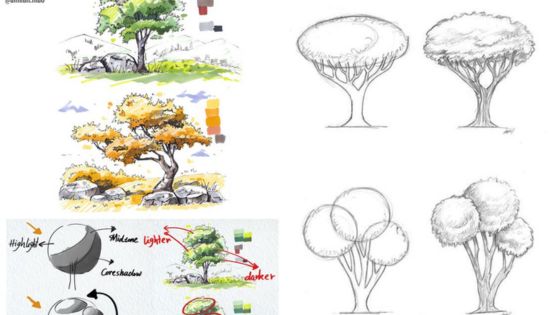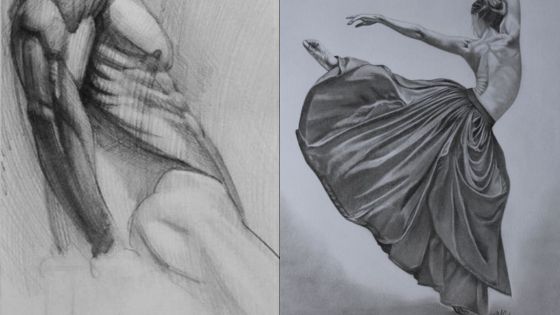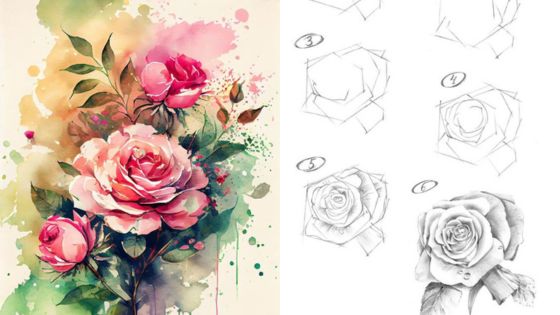Dragon drawing combines art and imagination in a way that captivates artists of all skill levels. Learning how to draw a dragon is not just about replicating scales and wings; it’s an exercise in creativity and practice that allows artists to express their unique vision. Whether one is a beginner or an experienced artist, understanding the fundamentals of dragon anatomy and movement can significantly enhance the quality of their work.
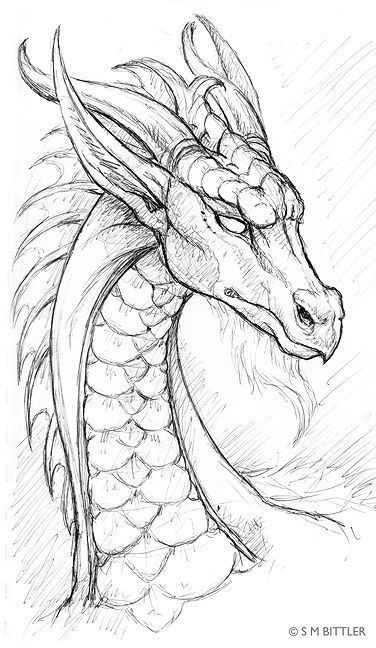
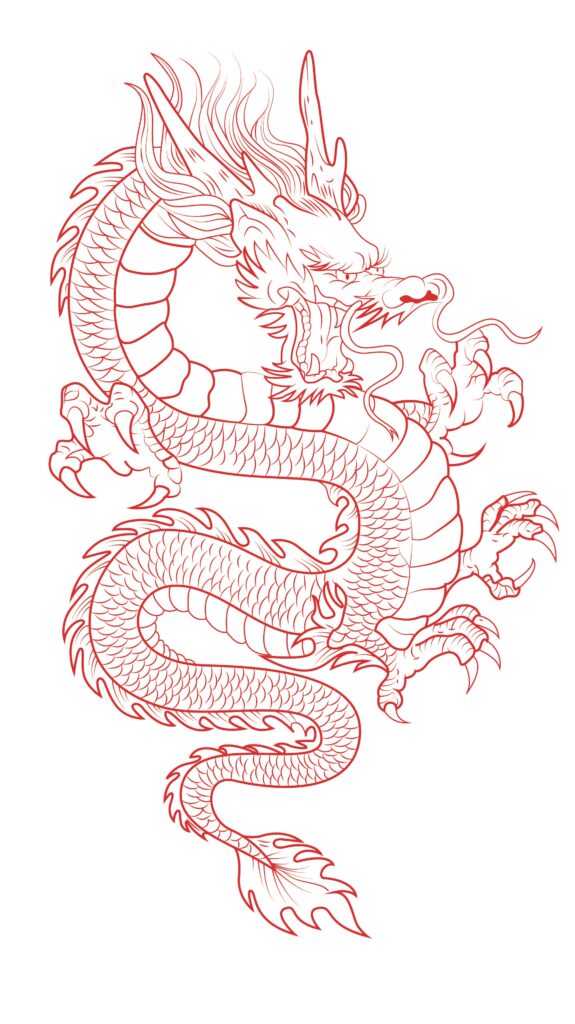
Through regular practice, artists can develop their own styles while experimenting with different techniques. The process encourages not only skill improvement but also the exploration of fantastical themes that dragons embody. As they transform their ideas into art, they engage in a rewarding journey of self-expression and creativity.
This post will guide readers through essential tips and techniques for drawing dragons, exploring various styles that can inspire their next masterpiece. With a mix of practical advice and imaginative insights, this article seeks to empower anyone interested in embarking on their own dragon drawing adventure.
Understanding Dragon Anatomy
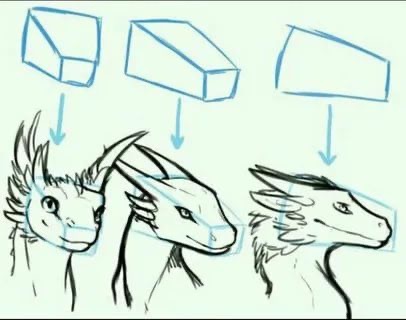
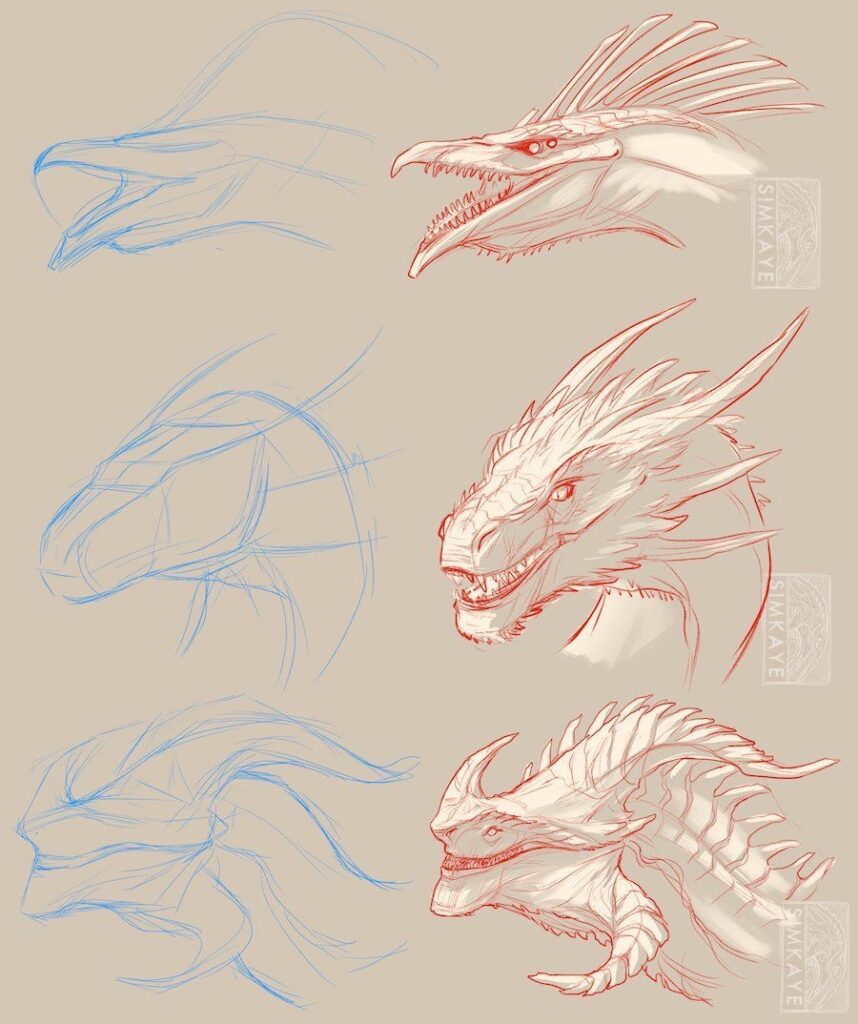
A clear grasp of dragon anatomy enhances drawing skills significantly. Emphasizing body proportions, wing structure, facial characteristics, and limb mechanics can make representations more accurate and dynamic.
Dragon Body Proportions
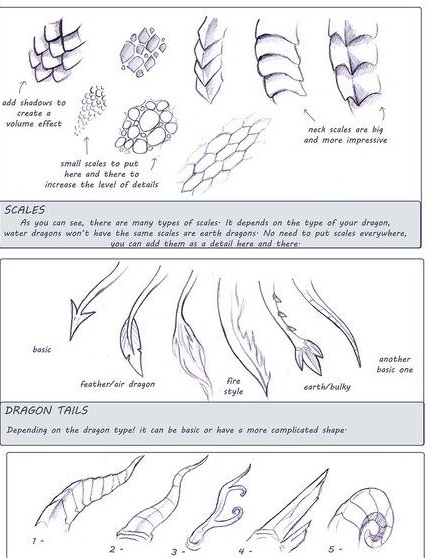
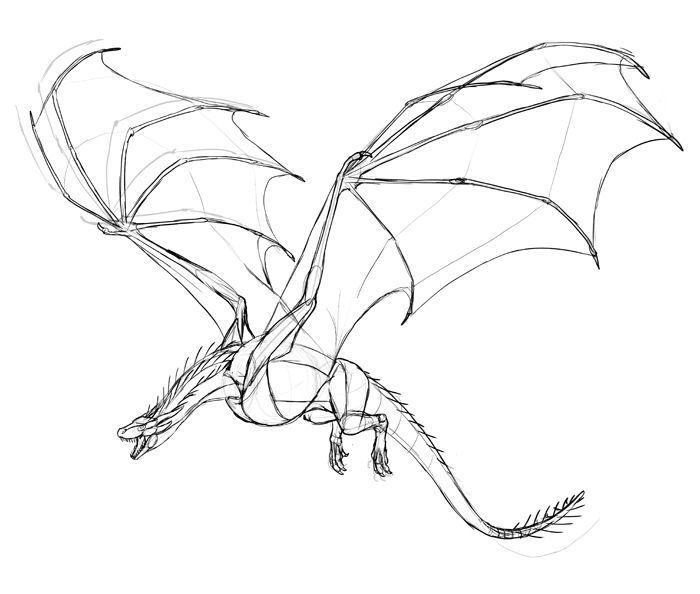
Dragon anatomy typically involves a mix of geometric shapes. The body often resembles elongated ovals, while the head might be more circular.
Key proportions include:
- Neck Length: Usually long and flexible, giving dragons expressive postures.
- Body Bulk: A robust chest and belly support significant muscle mass, aiding movement.
- Tail Length: Generally long, providing balance and stability during flight.
Artists should pay attention to the ratio between body parts. For instance, the head should measure about one-seventh of the total body length. A balanced approach allows for realistic poses and stances, enhancing realism in dragon drawings.
Dragon Wings and Flight Structure
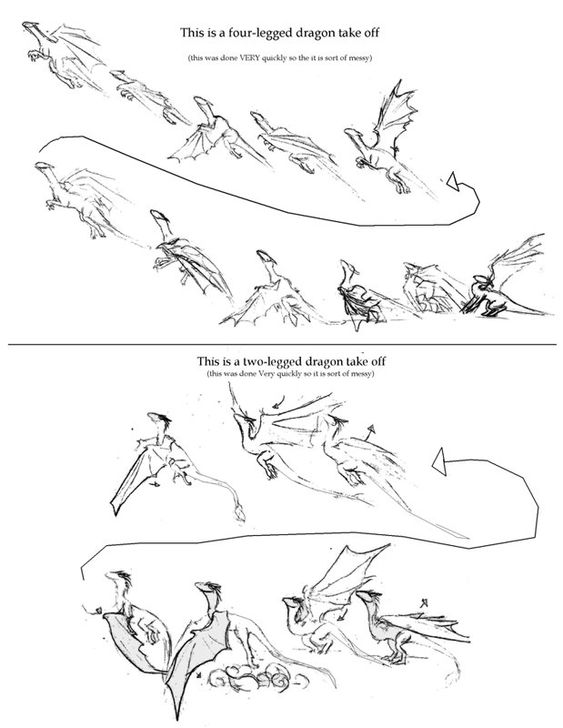
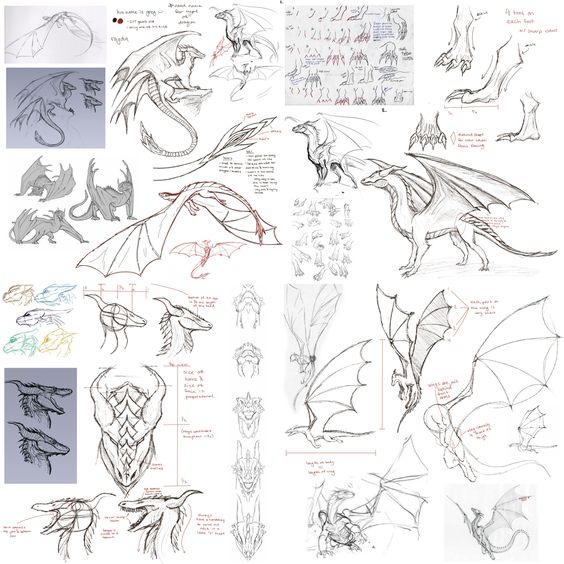
Wings are critical for dragon flight and vary in size and shape. Typically, dragon wings are bat-like, featuring a series of elongated “fingers” connected by webbing.
Key components include:
- Wing Span: Generally proportional to body size, wings should be broad enough to lift heavy bodies.
- Muscle Attachment: Muscles at the shoulders and back create the necessary lift and thrust.
- Wing Structure: The wing consists of a membrane stretched over the skeletal frame, enabling movement and control during flight.
Considering these details helps artists add realism to winged dragons, capturing the elegance of their flight mechanics.
Facial Features of Dragons
Facial anatomy defines a dragon’s personality and ferocity. The structure often includes a broad snout and pronounced brow ridge.
Important aspects are:
- Eyes: Large, often detailed, with a distinct pupil shape that adds intensity.
- Nostrils: Positioned high on the snout, allowing for efficient breathing while flying.
- Mouth and Teeth: A wide mouth filled with sharp teeth gives a threatening appearance.
Combining these elements creates a believable and engaging dragon face. Attention to subtle variations in these features can set different dragon species apart in artwork.
Dragon Limb Mechanics
Limb structure significantly influences a dragon’s movement. The forelegs often contain strong muscles and claws for grasping and landing.
Key elements include:
- Leg Proportions: Front legs might be longer than hind legs, indicating readiness for flight.
- Joints: Flexibility in joints allows for a range of motion, making action poses dynamic.
- Claws and Toes: Sharp claws assist in climbing and gripping surfaces.
An understanding of limb mechanics contributes to dynamic poses, whether on the ground or in flight. Artists should capture the fluidity and strength in limb drawings to represent motion accurately.
Drawing Tools and Materials
Creating a dragon drawing requires the right tools and materials to achieve desired effects. Each item plays a crucial role in the process.
Pencils are essential for sketching. They allow for precision and control during the initial phases. Artists often prefer a range of graphite pencils, from H for fine lines to B for darker, softer strokes.
Pens and markers provide permanence. Fine-tip pens are excellent for detailing, while markers can add vibrant color. Ink is ideal for bold outlines and intricate designs.
Paper choice is significant. Smooth paper works well for detailed sketches, while textured paper can enhance depth in a drawing. Different surfaces can affect the overall finish.
Erasers are not just for corrections; they can also be used to create highlights. Kneaded erasers are versatile for lifting graphite without damaging the paper.
Color can bring a dragon to life. Artists might choose colored pencils, watercolors, or markers for this purpose. Each medium offers varied ways to express texture and tone.
Understanding the interplay of these tools helps artists produce compelling dragon artwork. Experimenting with different combinations can lead to unique results.
The Dragon Drawing Process
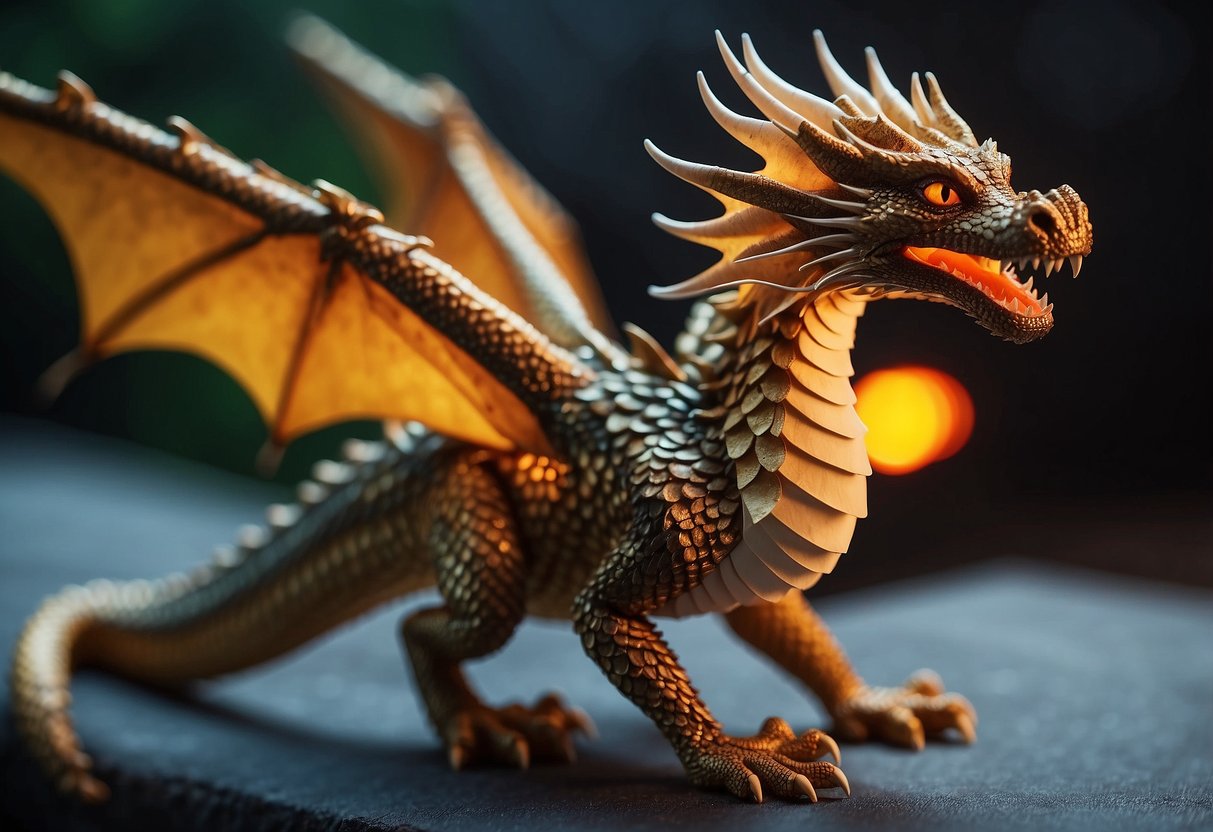
Creating a dragon drawing involves a structured approach that helps in building a realistic and detailed representation. This process encompasses several key phases, from initial shapes to adding color and texture.
Starting with Basic Shapes
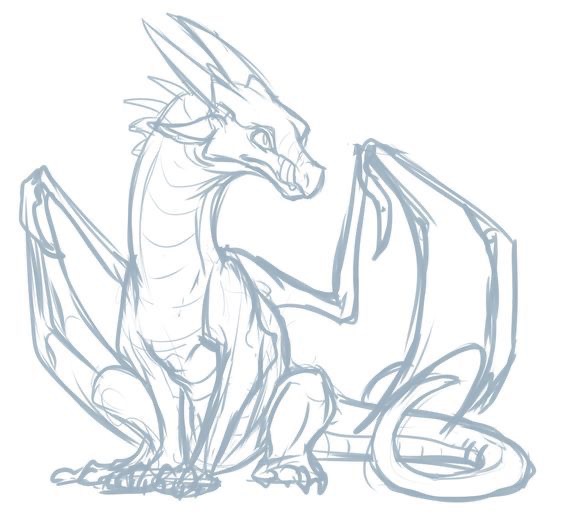
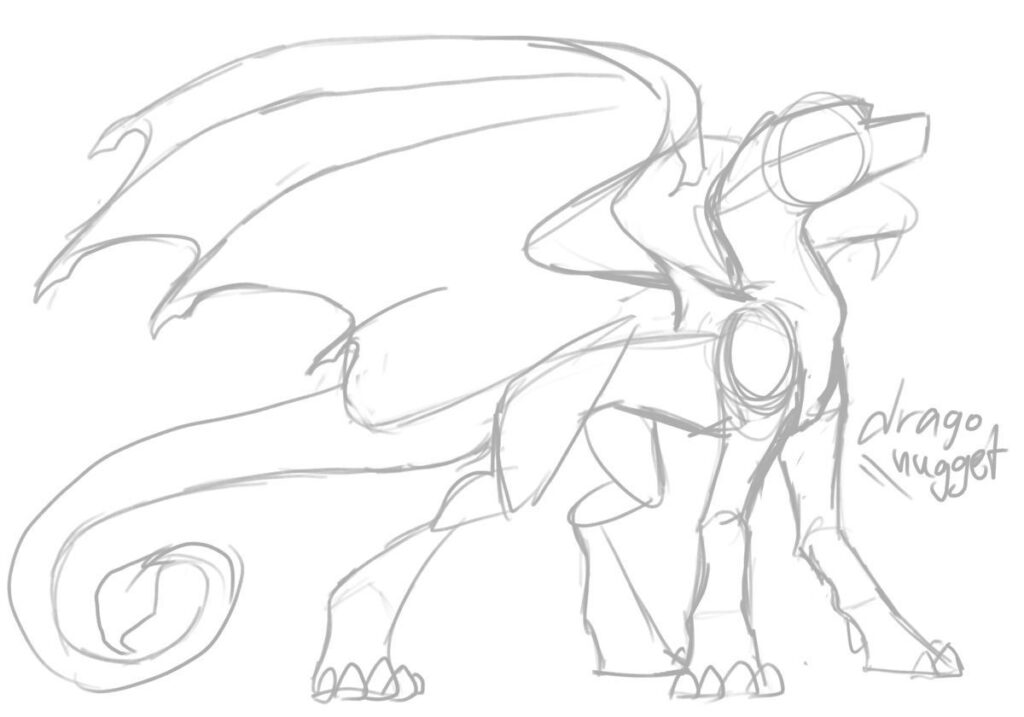
The first step in drawing a dragon is to establish its basic structure. Artists often begin with simple geometric shapes such as circles and ovals to represent the head, body, and limbs.
- Circle: Use this for the head.
- Ovals: Form the body and limbs.
- Triangles: Outline the wings and tail.
These foundational forms help in determining proportions and positioning. Once the basic shapes are in place, light guidelines can be drawn to refine the silhouette. This step is essential for achieving correct anatomy and ensuring that all elements are balanced before progressing.
Defining the Dragon’s Silhouette
With basic shapes established, the next step is refining the silhouette of the dragon. This involves connecting the shapes to create a cohesive outline.
- Outline: Define the head, neck, torso, and limbs.
- Silhouette: Focus on the overall shape to convey the dragon’s stance and motion.
This part of the process emphasizes subtleties such as musculature and posture. Carefully consider the curve of the dragon’s back and the angle of the wings. A dynamic silhouette can establish presence and power, making the dragon more engaging even at this early stage.
Adding Details and Textures
Once the silhouette is established, the next focus is on adding details and textures to the dragon. This includes features such as scales, spikes, and webbing on the wings.
- Scales: Draw these by overlapping small circles for realism.
- Spikes: Add these along the back and tail for an imposing look.
- Webbing: Illustrate the membrane of the wings with gentle curves to indicate its structure.
Enhancing the drawing with intricate details helps to bring the dragon to life. It is advisable to work from general patterns to specific features, ensuring that the textural elements are consistent throughout the drawing.
Finalizing with Shading and Color
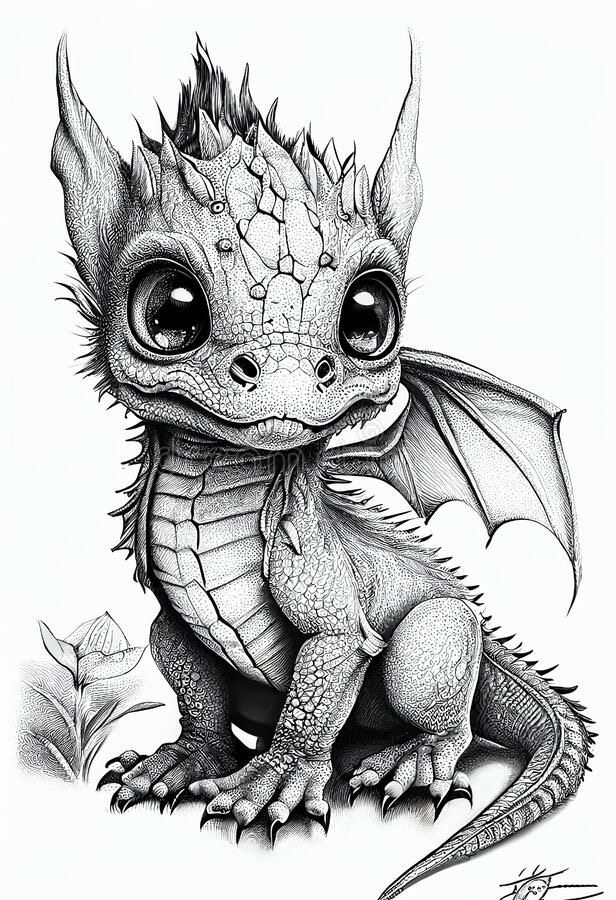
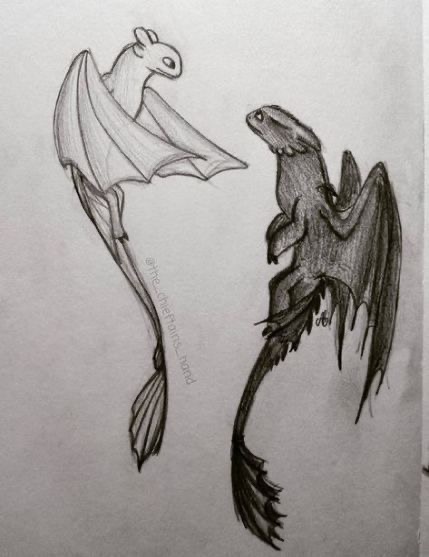
The last phase of the drawing process involves shading and adding color. This step is crucial for creating depth and realism.
- Shading: Use varied pencil pressure to create light and shadow, emphasizing the dragon’s form.
- Color: Choose a color palette that reflects the dragon’s character, using lighter shades for highlights and darker tones for depth.
Attention to light sources when shading enhances the three-dimensional effect. This can be influenced by the dragon’s position, surroundings, and the intended mood of the artwork. Blending colors smoothly will also contribute to a more realistic appearance, making the dragon visually striking.
Different Dragon Design Styles

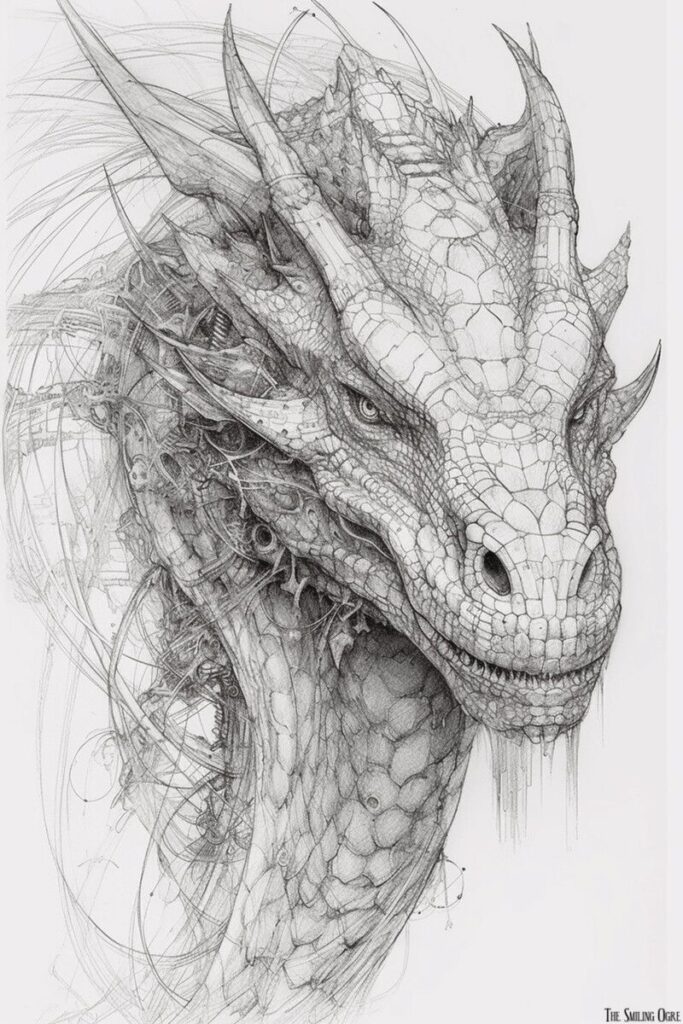
Dragon design can vary significantly based on artistic style, cultural influences, and environmental elements. Various approaches can affect how dragons are perceived and illustrated in art.
Realistic Dragons vs. Stylized Depictions
Realistic dragons often take inspiration from reptiles, particularly lizards and dinosaurs. These designs feature detailed scales, lifelike anatomy, and anatomical accuracy, capturing the essence of how a creature might exist in nature.
Stylized depictions, on the other hand, abstract the form. They prioritize shape, color, and exaggerated features, allowing for creative expression. This style can include imaginative designs that meld elements from various creatures or even incorporate human-like traits.
Artists can choose between detailed realism or playful stylization to convey different moods and themes in their dragon illustrations. The choice influences the emotional impact and storytelling in the artwork.
Cultural Interpretations of Dragons
Dragons vary greatly across cultures, with distinct meanings and representations. For instance, Chinese dragons are considered benevolent, symbolizing power, strength, and good fortune. They are typically depicted with long, serpentine bodies and are often associated with water.
In contrast, Western dragons are often viewed as malevolent, guarding treasures or wreaking havoc. They are typically shown with robust bodies, wings, and a fiercer appearance. These variations highlight how cultural beliefs shape visual representation and interpretation.
Japanese dragons blend features of both styles. They possess a unique aesthetic, commonly characterized by clawed limbs and flowing bodies. Recognizing these cultural nuances enhances the depth of dragon designs.
Incorporating Environment into Design
The environment plays a crucial role in dragon design. A dragon depicted amidst mountains may showcase attributes like rugged scales or a fierce demeanor, suited to a rocky landscape. Such designs emphasize the creature’s power and adaptability.
Conversely, dragons illustrated in serene water settings might have ethereal qualities, reflecting fluidity and grace. Their forms could blend with aquatic motifs, such as fish-like fins or scales that mimic water reflections.
Incorporating environmental elements enriches the visual narrative, allowing the artist to explore how the surroundings influence a dragon’s design. Whether realistic or stylized, the environment enhances the overall impact of the illustration.
Improving Dragon Drawings
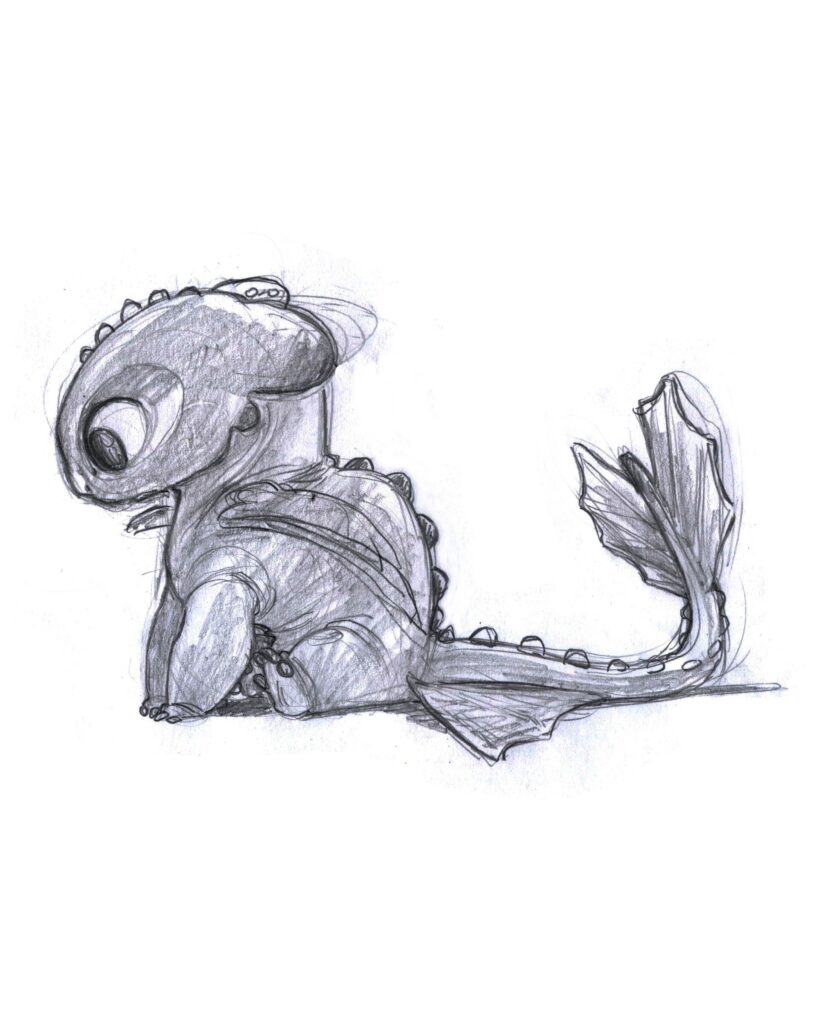
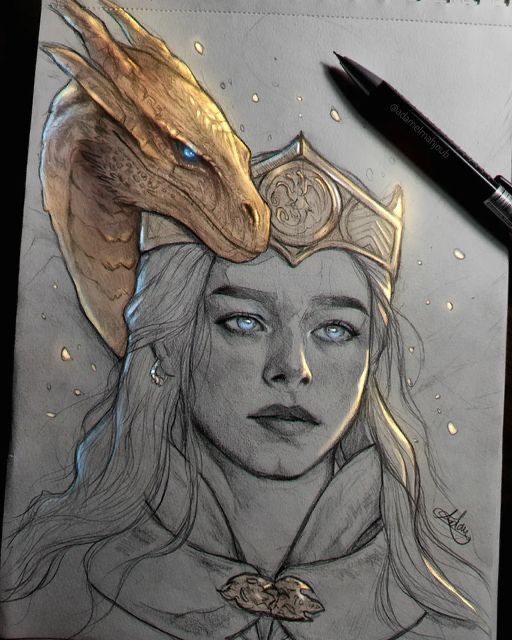
Enhancing dragon drawings involves a combination of using references for accuracy, mastering shading and texture, and employing techniques for dynamic poses. These elements help artists create more lifelike and engaging representations of dragons.
Using References for Accuracy
Utilizing references is crucial for accuracy in dragon drawings. Artists benefit from studying various dragon depictions in art, mythology, and real animals. When sketching, collecting images of different dragon types can provide insight into unique features such as scales, wings, and anatomy.
A good approach is to create a reference board. This can include photos of real reptiles, fantasy artwork, and anatomy diagrams. Artists can also look at different poses and perspectives to observe how dragons interact with their environment.
By comparing these references to their sketches, artists can refine their designs and ensure their dragons appear believable. This practice develops both accuracy and creativity in their work.
Mastering Shading and Texture
Shading and texture add depth and realism to dragon drawings. To effectively depict shadows and highlights, artists should understand light sources and how they interact with surfaces.
Using a mix of hatching, cross-hatching, and smooth shading techniques allows for varied textures on dragons’ scales and skin. For example, darker areas near joint regions convey form and volume. Artists might consider using different pencil grades or digital brushes to create a range of effects.
Practicing these shading methods on simpler shapes can help in mastering the fundamentals before applying them to more complex dragon forms. Attention to detail in texture enhances the overall aesthetic appeal of the artwork.
Techniques for Dynamic Poses
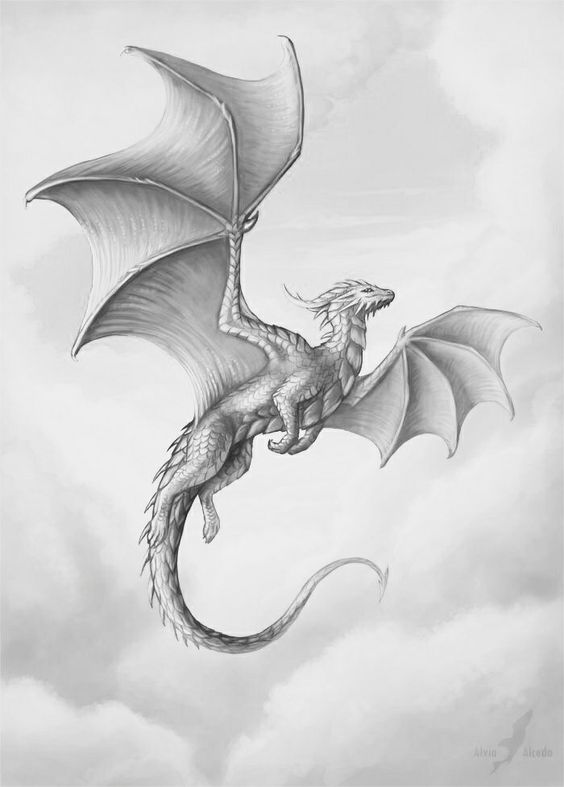
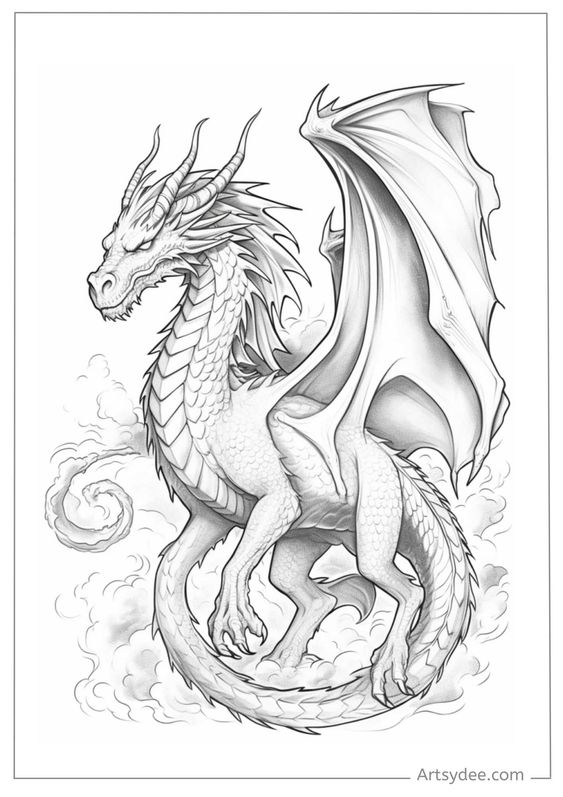
Creating dragons in dynamic poses requires a solid understanding of movement and anatomy. Artists can study real animals and their postures to develop a sense of action and energy.
Utilizing basic shapes like cylinders and spheres during the initial sketch phase helps in planning the pose. Artists should focus on overlapping elements to convey depth and motion. For instance, a wing positioned forward while the body twists can suggest flight.
Incorporating gestures can add liveliness to the drawing. Lines of action can guide the flow of the pose, making it more engaging. Practicing various poses regularly will improve an artist’s ability to portray dragons in action effectively.
Tutorials and Exercises
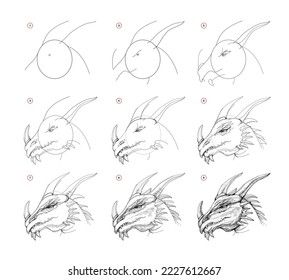
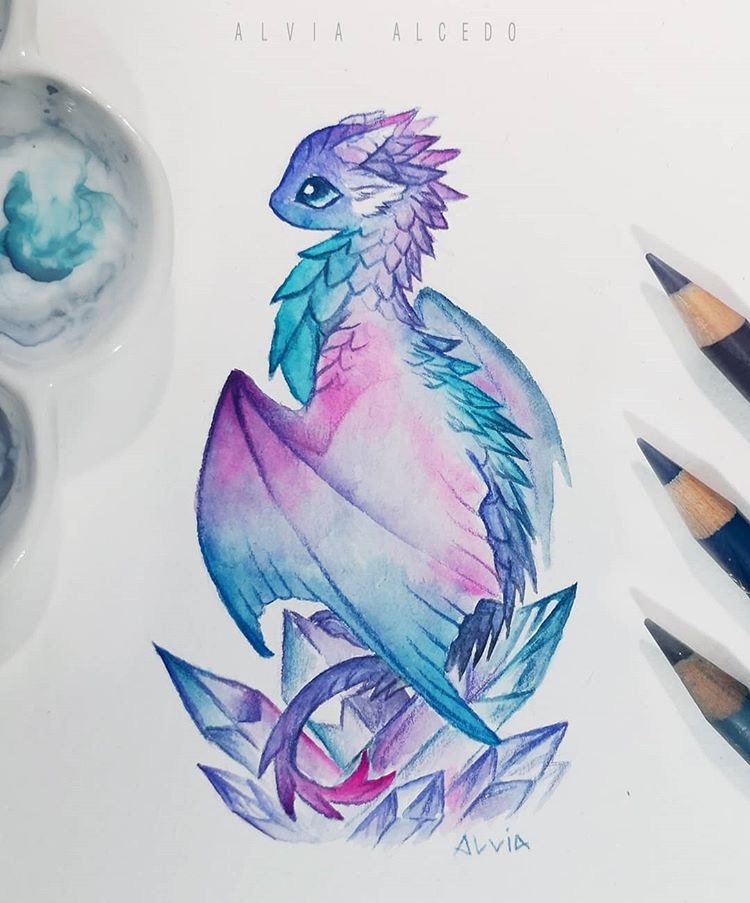
This section focuses on resources that cater to various skill levels in dragon drawing. Readers will find step-by-step tutorials for beginners and advanced drawing exercises to refine their techniques.
Beginner Friendly Tutorials
For newcomers to dragon drawing, structured tutorials are essential. A typical tutorial may include these steps:
- Basic Shapes: Start with simple geometric shapes to outline the dragon’s body.
- Refining Lines: Gradually refine the outline, paying attention to proportions.
- Adding Features: Incorporate details like eyes, scales, and wings.
One recommended resource is online platforms like YouTube. Many channels offer free visual instructions that demonstrate techniques effectively. Additionally, practicing basic sketches regularly will improve muscle memory and familiarity with dragon anatomy.
Advanced Drawing Exercises
For those seeking to elevate their skills, advanced exercises focus on complexity and style. These may include:
- Dynamic Poses: Create sketches that depict dragons in motion. This challenges understanding of anatomy and perspective.
- Texturing Techniques: Experiment with shading and texture. Using cross-hatching and stippling can enhance dimensionality.
- Character Integration: Combine dragons with characters or scenes. This exercise encourages creativity and storytelling.
Advanced artists may also consider joining forums or critique groups. Sharing work for feedback is invaluable in mastering techniques and developing a distinctive style. Engaging with community members can provide fresh perspectives and inspiration.
Drawing Dragons in Popular Culture


Dragons have become iconic figures in popular culture, often depicted with unique artistic styles. One major influence is the “Game of Thrones” series, which presents dragons as powerful and majestic creatures. Artists draw inspiration from the intricate designs seen in the show’s visual effects.
“The Hobbit” also features dragons prominently, particularly Smaug. Illustrators often focus on the detailed scales and fierce expressions, reflecting Smaug’s cunning and strength. These representations influence artists seeking a realistic and dramatic portrayal of dragons.
Wyverns, a related but distinct creature, are often depicted with a different anatomy. Characterized by having only two legs and a pair of wings, artists may choose this variation for a different aesthetic.
Common elements in dragon illustrations include:
- Scale Patterns: Artists often experiment with various designs to create texture.
- Color Choices: Vivid colors can convey different moods or attributes of the dragon.
- Pose and Expression: Dynamic poses enhance the sense of movement and personality.
These artistic choices contribute to a rich and diverse portrayal of dragons, reflecting their significance across various media in popular culture.
- 289shares
- Facebook0
- Pinterest289
- Twitter0
